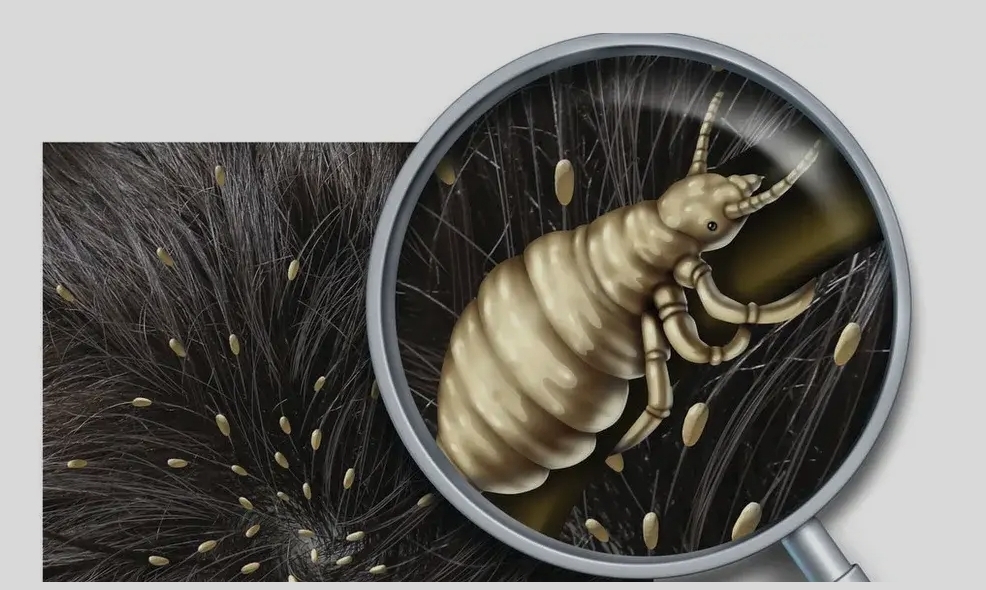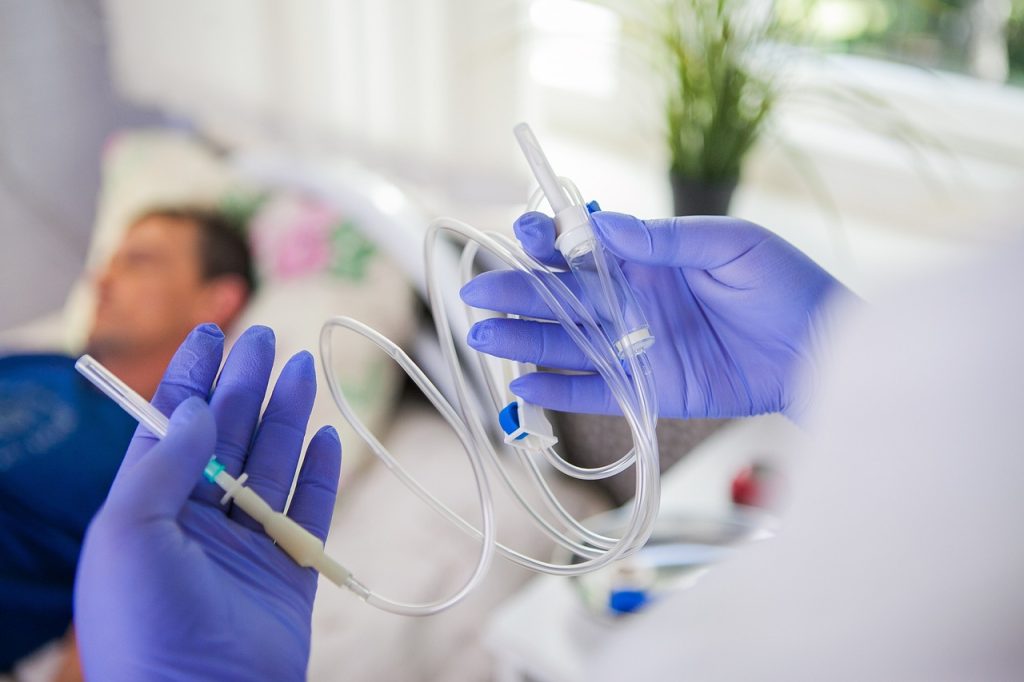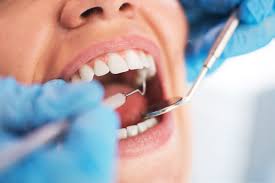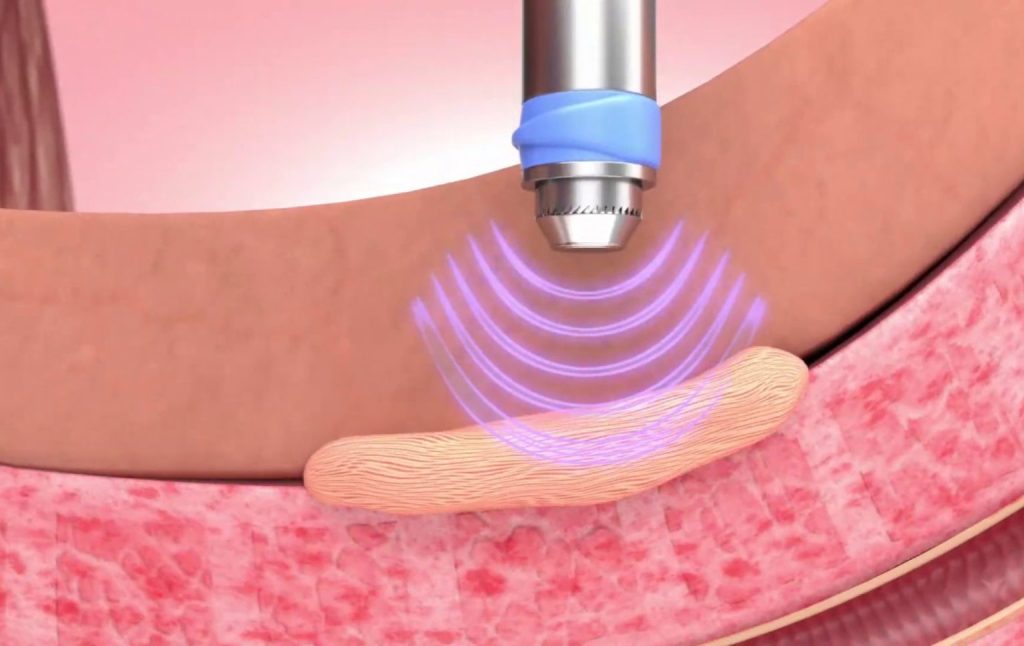Tips for Dealing with Lice in School-aged Children
Head lice are very common among children, especially in primary school settings. In some areas of Australia, the rate of head lice in primary school-aged children could be as high as 60%. But you can manage lice effectively with strategies and lice treatment. In this blog post, we’ll share eight tips to help you confidently handle lice in school-aged children.
Get Informed
Start by learning about lice and how they spread. Tell your child that lice are tiny insects that live on the scalp and spread through close contact or sharing personal items like combs and hats. Understanding lice is the first step in preventing infestations.
Check Regularly
Early detection is crucial. Make it a habit to check your child’s scalp, especially after being around other kids, like during sleepovers or playdates. Look for signs like itching, red bumps, and small white or yellowish eggs (nits) on the hair near the scalp.
Use a Lice Comb
Invest in a good lice comb designed for removing lice. Combine your child’s hair section by section, and wipe the comb on a tissue to check for lice or nits. Keep doing this regularly, even after you think the lice are gone, to be sure they’re completely gone.
Choose a Treatment
If you find lice or nits, it’s time for treatment. You can use over-the-counter lice shampoos but follow the instructions carefully. Sometimes, you might need a prescription treatment from a doctor.
Wash and Dry Bedding and Clothes
Lice can survive on bedding and clothing, so thoroughly wash and dry these items. Use hot water and a high-heat dryer to kill lice or nits. Consider keeping your child’s belongings separate until the infestation is gone.
Inform the School and Close Contacts
Let your child’s school and close contacts know about the lice infestation. Lice doesn’t mean poor hygiene, but it can spread easily, so this helps prevent more infestations.
Prevent Future Infestations
Teach your child good hygiene, like not sharing combs, brushes, hats, or hair accessories with friends. Remind them to avoid close head-to-head contact in groups.
Keep Checking
Even after successfully dealing with lice, check your child’s scalp regularly. Lice can come back, and early detection prevents a full infestation.
Conclusion
Dealing with lice in school-aged children can be tough, but these eight tips can help you manage and prevent lice infestations. Educate yourself, detect early, treat properly, and use preventive measures. Lice are common, and there’s no need to feel embarrassed. Stay vigilant; you’ll be ready to handle lice if they appear in your child’s life.
Disclaimer: The information provided in this blog post is intended for general guidance and informational purposes only. It is not a substitute for professional medical advice or diagnosis. If you have concerns about lice infestations or require specific medical guidance, please consult a healthcare professional or your child’s pediatrician for personalised recommendations and treatment options. The author and publisher of this blog post are not responsible for any consequences arising from using the information presented herein.





